4.3.9. Integrated treatment decision algorithms for pulmonary TB in children
In children with presumptive PTB attending health care facilities, integrated treatment decision algorithms may be used to diagnose PTB. This is an interim conditional recommendation valid until 2024, after which new evidence will be reviewed (see Box 4.6).

 Feedback
Feedback